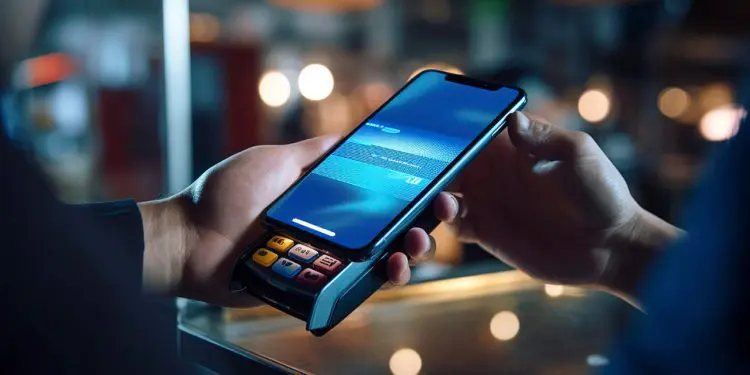
The rise of digital wallets, or e-wallets, is undeniable. Whether it’s paying for groceries with Apple Pay by tapping your phone to a screen or paying the babysitter with a peer-to-peer (P2P) app like Venmo, cashless, cardless transactions are everywhere.
According to McKinsey, digital wallet penetration has reached at least 89%; one Forbes study suggests that a majority of Americans use e-wallets more often than traditional payment methods. It continues to be the fastest-growing payment method, as it has been gaining popularity for the last few years, and by some estimates it is projected to reach a market size of nearly $16 trillion by 2028.
Why is it that people are increasingly opting for digital wallet payment? As is the case with many new technologies, it comes down to convenience. Research shows that American consumers crave more and more streamlining of their payment experiences, and digital wallets make paying for all sorts of products and services simple and convenient, while providing robust protection of sensitive financial information.
Clearly, the trend of using digital wallets for in-person and P2P payments isn’t going anywhere. But what about your utility bills? Insurance premiums? Local taxes? It may seem odd or incongruent to some to use something as novel as e-wallets for something as staid as a water bill. But when you get down to it, using digital wallets to pay for your utilities is as natural a choice as using them to pay for your coffee.
Convenience Reimagined
It used to be that the phrase “paying the bills” would call to mind the image of a kitchen table strewn with envelopes, a personal checkbook, and a book of stamps. Of course, things have evolved since then: many Americans choose to receive bills in their email inboxes and pay online, with credit cards or e-checks.
Digital wallets make paying bills even less of a production. When billing organizations offer digital wallet payment options, their customers can take care of their monthly utility bills or insurance premiums with a few taps on their smartphones. “Paying the bills” goes from a time-consuming chore to check off the list to a task you can take care of while commuting to work.
Enhanced Security
A hallmark of digital wallets are their extensive and robust security protections that ensure the financial data within is safeguarded, and a prime example is the use of tokenization to protect credit card and bank information. Tokenization is a process of more or less anonymizing digital transactions: a credit card number, for instance, is replaced or represented by a one-time use token that represents it. If hackers or bad actors are able to access the token, they’ll have just that—a token that can only be accepted in one transaction—and not an actual credit card number.
Tokenization is often associated with e-commerce, where an individual transaction may involve the use of tokens in the place of credit card numbers. But there’s no reason this security measure can’t be applied to utility payments or even tax payments.
And tokenization is just one of the increased security measures digital wallet users benefit from. From advanced encryption to biometric protections like fingerprint- or face-ID programs, the safeguards around data used in e-wallet transactions is lightyears beyond what’s possible for more traditional payment methods like writing a check or verbally providing credit card information. Whether customers choose to pay their bills via credit card or directly from their bank, digital wallet payments provide added peace of mind at the cutting edge of cybersecurity.
Modernized Customer Experiences
Convenience and robust security are important elements of the customer experience, but digital wallets also open up a whole new world of customer engagement. When billers offer e-wallet payment options, they are also offering their customers the ability to track their bill payments in real time. Moreover, digital wallets allow payers to keep track of all their financial activities in one centralized location. Rather than switching between different billing platforms for different bills, utility customers can corral all these payments into one place when digital wallets are on offer. This streamlines the bill-payment experience further and empowers customers to manage their finances—how much their electricity bill has gone up in the past few months, for example—in one place with more oversight. This enhanced customer experience can foster loyalty and positive sentiment, which can be invaluable for industries with reputations for being behind the times.
Utility companies and municipal services aren’t necessarily the first areas people think of when they think of tech innovations, but that doesn’t have to be the case. There’s no good reason why people should only use e-wallets for some transactions—grabbing a slice of pizza or paying the plumber. The advent and proliferation of digital wallets are proof that the digital revolution is still in full swing for the payments





























